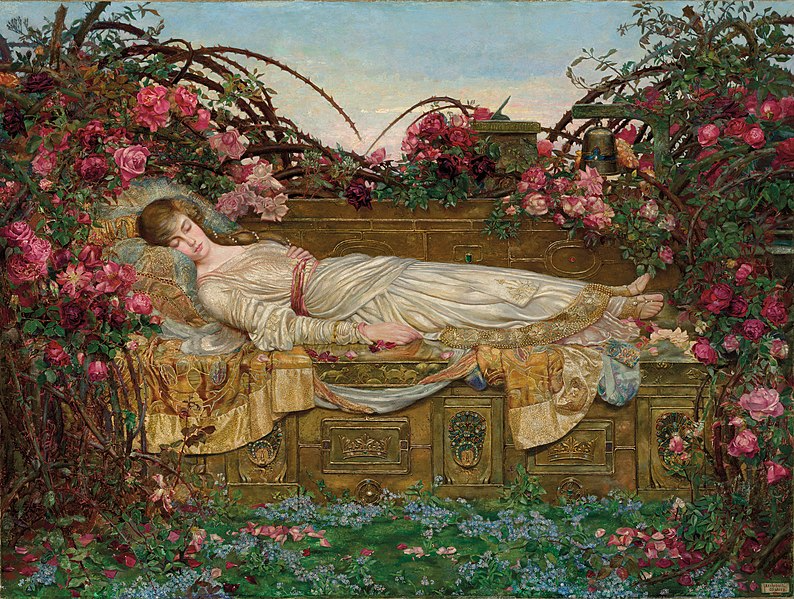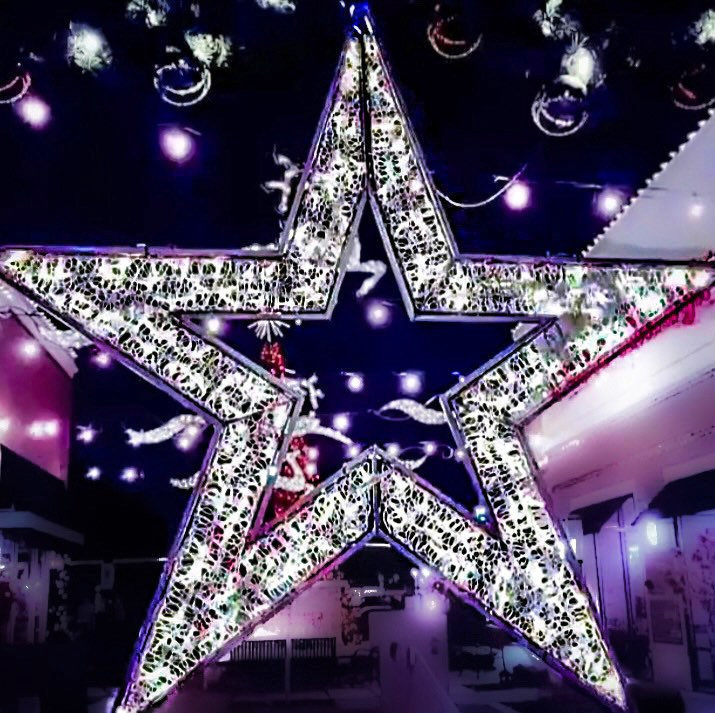It all started with vampires. After catching a glimpse of a scary horror film as a child, I felt terrified. Not about to let myself get bit by some pointy-toothed dude with a blood fetish, I did the only thing that made sense in my young mind—I slept with the lights on.
As I got older and stopped believing in mythical monsters, I became comfortable turning the lights off at night. But the light of the lamp was replaced by the glow of the TV, as I binge-watched shows like “I Love Lucy” and “Cheers,” while staying up to watch “Nick at Night.” Then I got a computer, and later, a cell phone, becoming ever more immersed by perpetual illumination.
Surrounded by light at all hours of the day, by adulthood, my sleep pattern became basically nonexistent. I just grabbed a few hours of sleep here and there. I may have avoided getting bit by a vampire, but I spent much of my time awake at night, during peak vampire hours. And throughout the day, I was walking around like a sleepy zombie. It’s hard to describe the look of shock and horror on my sleep doctor’s face when I described my extreme lack of a sleep schedule. It wasn’t good.

Hopefully, your sleep isn’t quite as bad as mine became. But if you are like most people, maybe your sleep isn’t as great as you’d like it to be? The good news is that we can use light exposure to hack our circadian rhythm and promote better sleep.
While the Earth rotates upon its axis every 24 hours, the sun rises and sets. As human animals, our bodies evolved to be active during the periods of light and to rest during darkness. This ebb and flow is controlled by our bodies’ circadian rhythm. Rather than being just an internal process, our circadian rhythm takes cues from our environment to understand where we are within the cycle of the day. Light exposure, and more specifically, the amount of blue spectrum light, is one of the main ways our bodies recognize the time of day.
Our circadian rhythm system served our ancestors well as the only lights they were exposed to after dark were from the moon, stars, and warm tint of dimly glowing fire. In our modern world, though, we can create the same brightness as daytime with a simple flick of the switch. This artificial light is not only bright but also emits more blue spectrum light compared to fire. When our eyes sense all this artificial blue light in the evening hours, our bodies believe that it’s still daytime, and our circadian rhythms are not able to properly function. So we don’t produce the hormones we need, like melatonin, to prepare our bodies for rest. As a result, we toss and turn as we struggle to drift off into slumber.

While an overabundance of blue light in the evenings is harming our sleep, on the flip side, we might actually need more blue light in the early hours of the day. Since our circadian rhythm functions on a cycle, it needs to flow through periods of illumination just as much as darkness. When we don’t get enough blue light exposure earlier in the day, our bodies struggle to produce that useful sleep hormone, Melatonin, at night.
So, blue light is not the villain in this story (unlike vampires, well, unless they’re friendly and maybe even vegan). Instead, we just need to ensure that we receive the right amount of blue light at the proper time of day.
Sleep is so essential to our wellbeing. While asleep, our dreams help us process our memories and emotions, while creatively exploring new ideas to help us problem solve. At the same time, our bodies are able to repair and restore. We really need a restful night’s sleep if we want to wake up mentally, emotionally, and physically ready to be functional and productive.
So how can we use our understanding of the impacts of blue light on our circadian rhythm to catch some better z’s? Simply limit blue light later in the day, and ensure adequate exposure to blue light in the early hours.

In the evening and at night, we can:
1. Turn off sources of artificial light, including lamps and screens.
2. Use blackout curtains/blinds to block outdoor light, such as street lamps.
3. Use a sleep mask to block the light in your room.
4. Use (beeswax-free) candles and fireplaces instead of artificial light.
5. Use amber-tinted light bulbs.
6. Turn on the night setting on your electronic devices to change the screens to a warmer tint.
7. Use amber-tinted blue-blocking glasses. Ideally, you should look for a pair that blocks at least 95% of all blue spectrum light.
In the morning and afternoon, we can:
1. Go outside to get some sunshine. We want our eyes to absorb the blue light, so we need at least some light exposure without wearing sunglasses or blue light blockers.
2. Sit by a bright window and open curtains/blinds to let in as much natural light as possible.
3. Use artificial bright lights, such as Seasonal Affective Disorder (SAD) lamps.
By adjusting when and how much I encounter blue light, I’ve finally achieved a more natural sleep pattern. By following some of the tips above, you can also effectively adjust your exposure to blue light to support your body’s circadian rhythm and have a more restful sleep. Wishing you all sweet dreams (free of any vampire nightmares).
Also by Lauren: Are You Bendy? What This Means For Your Physical & Emotional Health
Get more like this—Sign up for our daily inspirational newsletter for exclusive content!
__
Photo: Public Domain via Wikipedia Commons; Lauren Wesp




